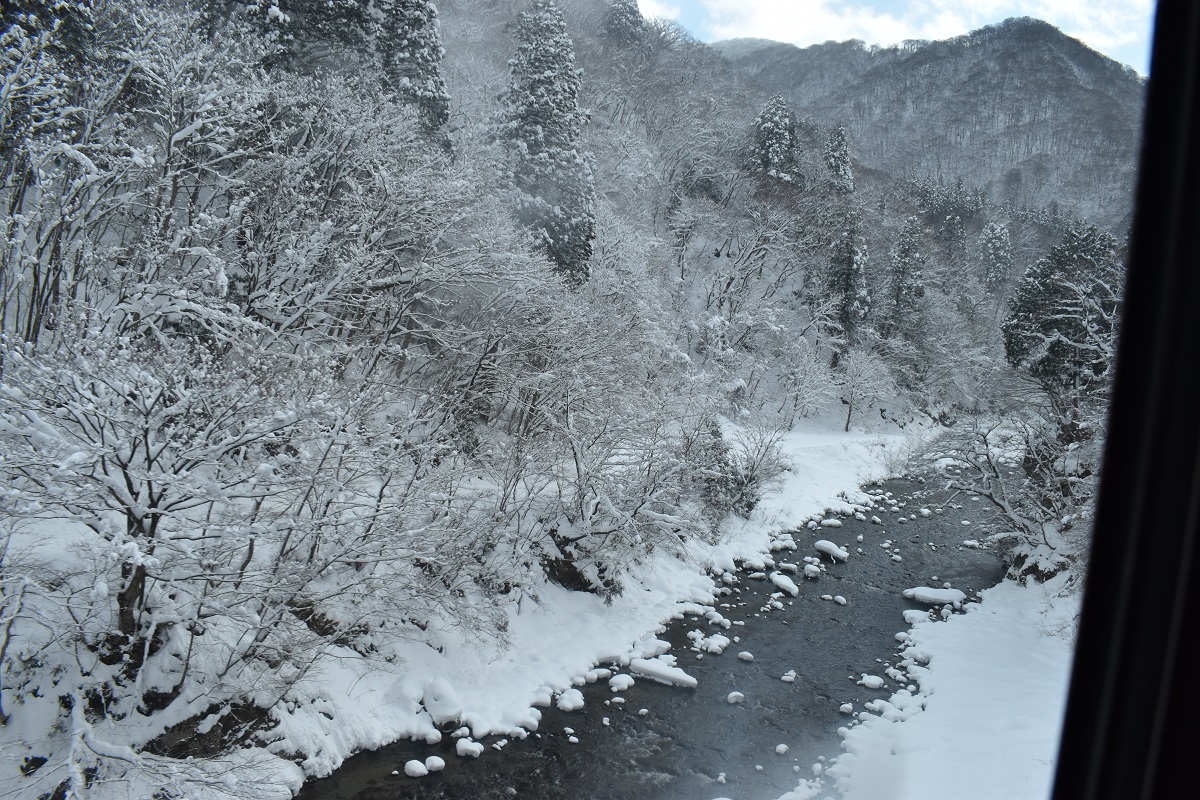It seems that since the Edo period, common people have enjoyed ranking hot spring resorts with sumo-like rankings, but in modern rankings, Beppu Onsen is always ranked as the western “Yokozuna.” Beppu is like a collection of many hot spring resorts, but regardless of their ranking, there are small hot spring resorts all over Japan that have their own unique characteristics, for example Geto hot spring, Ginzan hot spring, Matsukawa hot spring and Tsuta hot spring.

Hot springs can be found everywhere in Beppu. When you climb up the hill and look out over the city, you can see hot spring steam rising from everywhere, and you can feel that the town of Beppu is built on magma underground. The best view point is the bus stop of Kan-nawa Hotspring East Exit or Steam observation deck with small parking space. (>>refer to the map below)
There are public hot springs all over the place with no frills, just a tiled bathtub in the middle. There is no caretaker at the entrance, and locals enter without permission. In addition, the steam bath with medicinal herbs inside the sauna has a relaxing natural scent. Takegawara Onsen, a splendid Karahafu hot spring near the coast, will test your mettle with its heat.
The ultimate way to enjoy hot springs is to cook steamed dishes. You procure your own ingredients, arrange them in a colander, and cook them just over hot spring steam for the optimal time for each ingredient. Steaming with hot spring steam has a slightly different taste than steaming on a regular stove, probably because of the hot spring ingredients. The Yanagiya Inn we stayed at has an Italian restaurant that serves steamed dishes, as well as a kitchen where you can cook your own steamed dishes.
The best way to enjoy Beppu is to experience something a little different from the typical tourist route of visiting Jigoku Onsen (Hell Hotspring). Of course, I won’t forget to visit Jigoku Onsen.






















































































